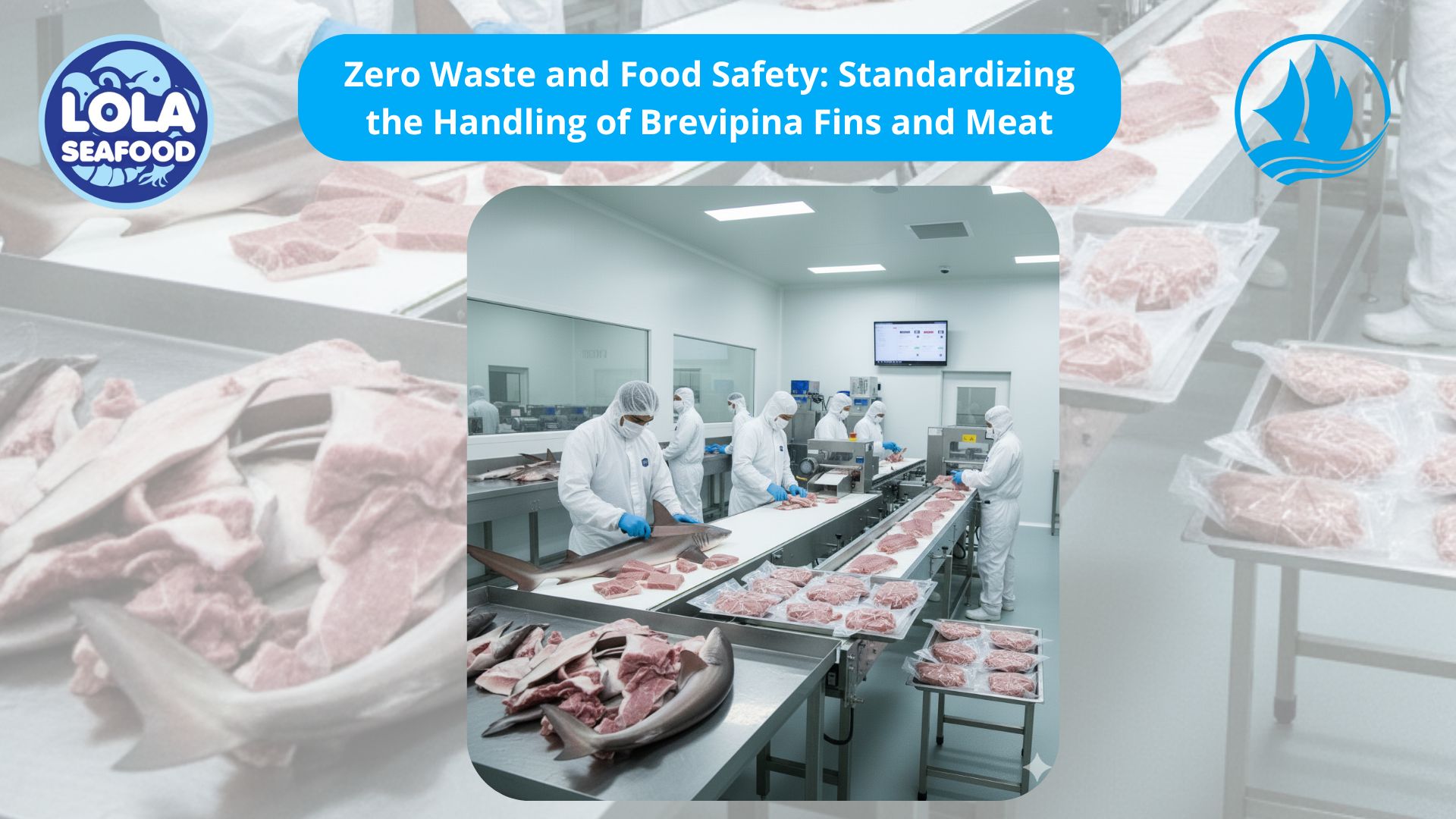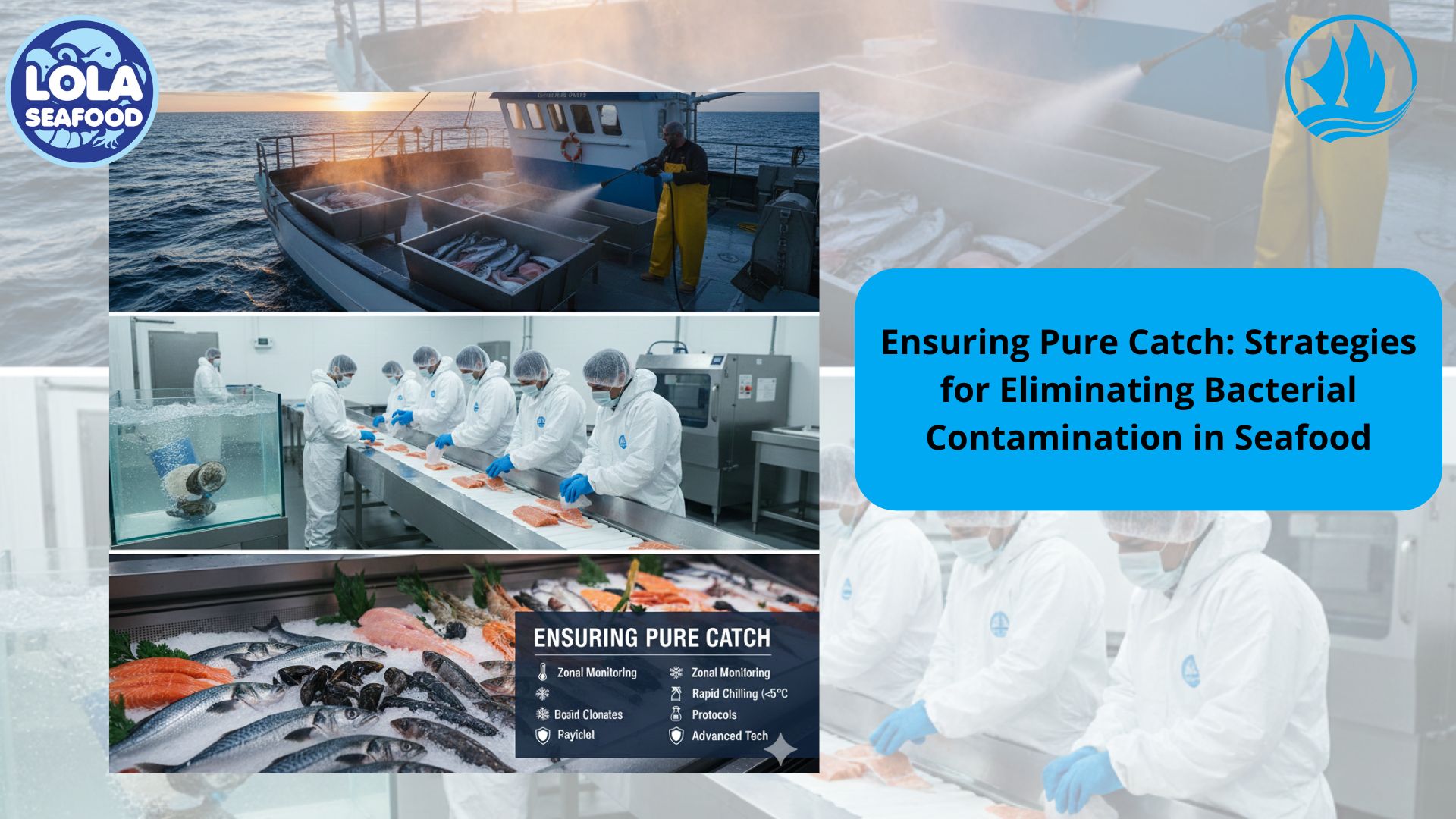Understanding Cross Contamination: How Utensils Can Compromise Product Safety
By. Sofie Thoriq - 22 Aug 2025.jpg)
Kelolalaut.com Cross contamination is one of the most common causes of foodborne illness and product spoilage in the food industry. It occurs when harmful bacteria or allergens are unintentionally transferred from one surface, object, or food to another. A major — and often underestimated — source of this contamination is kitchen and processing utensils. From cutting boards and knives to ladles and mixers, utensils can become vehicles for dangerous pathogens if not handled properly.
What Is Cross Contamination?
Cross-contamination refers to the transfer of harmful microorganisms (such as Salmonella, E. coli, or Listeria) or allergens from a contaminated source to a product that is otherwise safe. In food processing and preparation, this can happen in various ways, but utensils are particularly high-risk because they are used repeatedly on different products and surfaces.
How Utensils Contribute to Cross Contamination
Utensils are used to prepare, portion, serve, or package food. If they are not cleaned and sanitized between uses, they can quickly become a point of contamination. Here are some common examples:
-
Using the same knife to cut raw meat and vegetables: Bacteria from raw meat can easily spread to ready-to-eat foods, causing foodborne illnesses.
-
Reusing mixing bowls or spatulas without cleaning: Especially dangerous when switching between allergenic and non-allergenic ingredients (e.g., peanuts to chocolate).
-
Improperly stored utensils: Utensils left on unclean surfaces or near raw materials can pick up pathogens.
-
Shared equipment in production lines: When tools or machinery components aren’t sanitized between product batches, contaminants from one batch can carry over to the next.
Types of Cross Contamination
1. Biological Contamination
Caused by bacteria, viruses, or parasites. This is the most common and dangerous type, often resulting in foodborne illnesses.
2. Chemical Contamination
Occurs when cleaning agents or food additives transfer from improperly rinsed utensils into the food product.
3. Allergen Cross-Contact
When allergenic proteins (from nuts, dairy, gluten, etc.) are transferred via utensils, causing reactions in sensitive consumers.
Real World Impact
Cross-contamination isn’t just a health issue — it’s also a business risk. Contaminated products can lead to:
-
Costly product recalls
-
Loss of consumer trust
-
Legal consequences and non-compliance with food safety standards (HACCP, ISO 22000, etc.)
-
Damage to brand reputation
Best Practices to Prevent Utensil Based Cross Contamination
1. Implement Color-Coded Utensils
Assign specific colors for utensils used with raw meat, cooked foods, vegetables, or allergens. This helps prevent mix-ups and improves compliance.
2. Clean and Sanitize Utensils Regularly
All utensils must be thoroughly cleaned and sanitized after each use, especially when switching between different food types or batches.
3. Use Separate Utensils for Allergens
Establish separate tools, storage areas, and workspaces for allergenic ingredients. This is crucial to prevent allergic reactions.
4. Train Staff on Hygiene Protocols
Ensure all employees understand the risks of cross-contamination and know how to handle utensils properly.
5. Store Utensils Properly
Avoid placing utensils on countertops or in sinks where they can pick up contaminants. Use sanitized storage containers or hanging racks.
6. Inspect and Replace Damaged Utensils
Cracked or worn-out utensils can harbor bacteria in hard-to-clean areas. Regularly inspect tools and replace them when necessary.
Cross contamination from utensils is a silent threat that can turn a safe product into a hazardous one in seconds. It’s essential for food handlers, processors, and kitchen staff to be aware of how tools and equipment can spread bacteria or allergens. By following strict cleaning protocols, using color-coded systems, and educating personnel, businesses can reduce the risk of contamination and ensure the safety of their products — protecting both their customers and their reputation.
If youre interested in our Red / Scarlet Snapper Indonesian Seaperch Whole Round / Whole Gilled Gutted Scaled , Red / Scarlet Snapper Fillet Skin On and Red / Scarlet Snapper Fillet Portion please do not hesitate to contact us through email and/or whatsapp
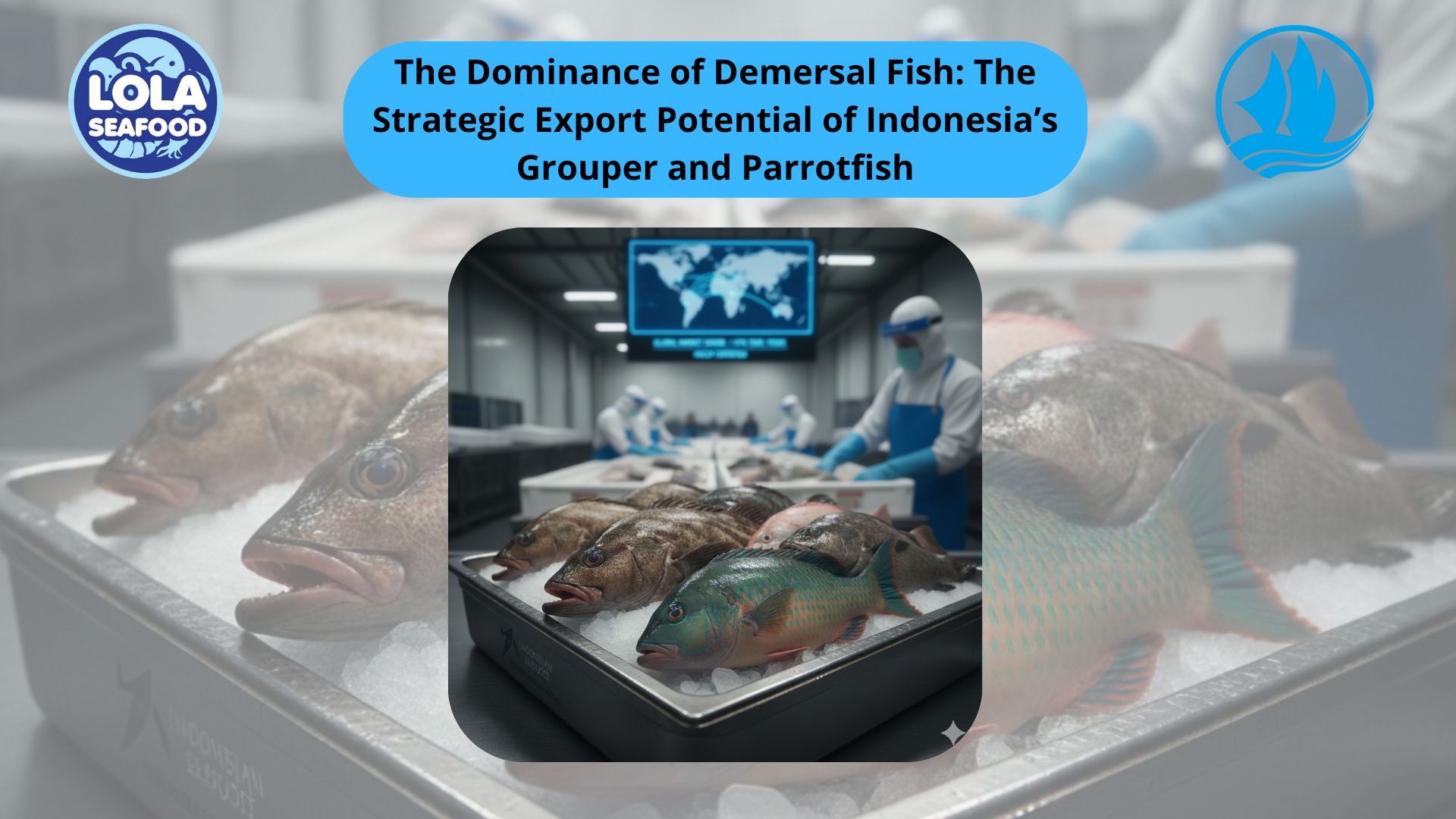
The Dominance of Demersal Fish: The Strategic Export Potential of Indonesia’s Grouper and Parrotfish
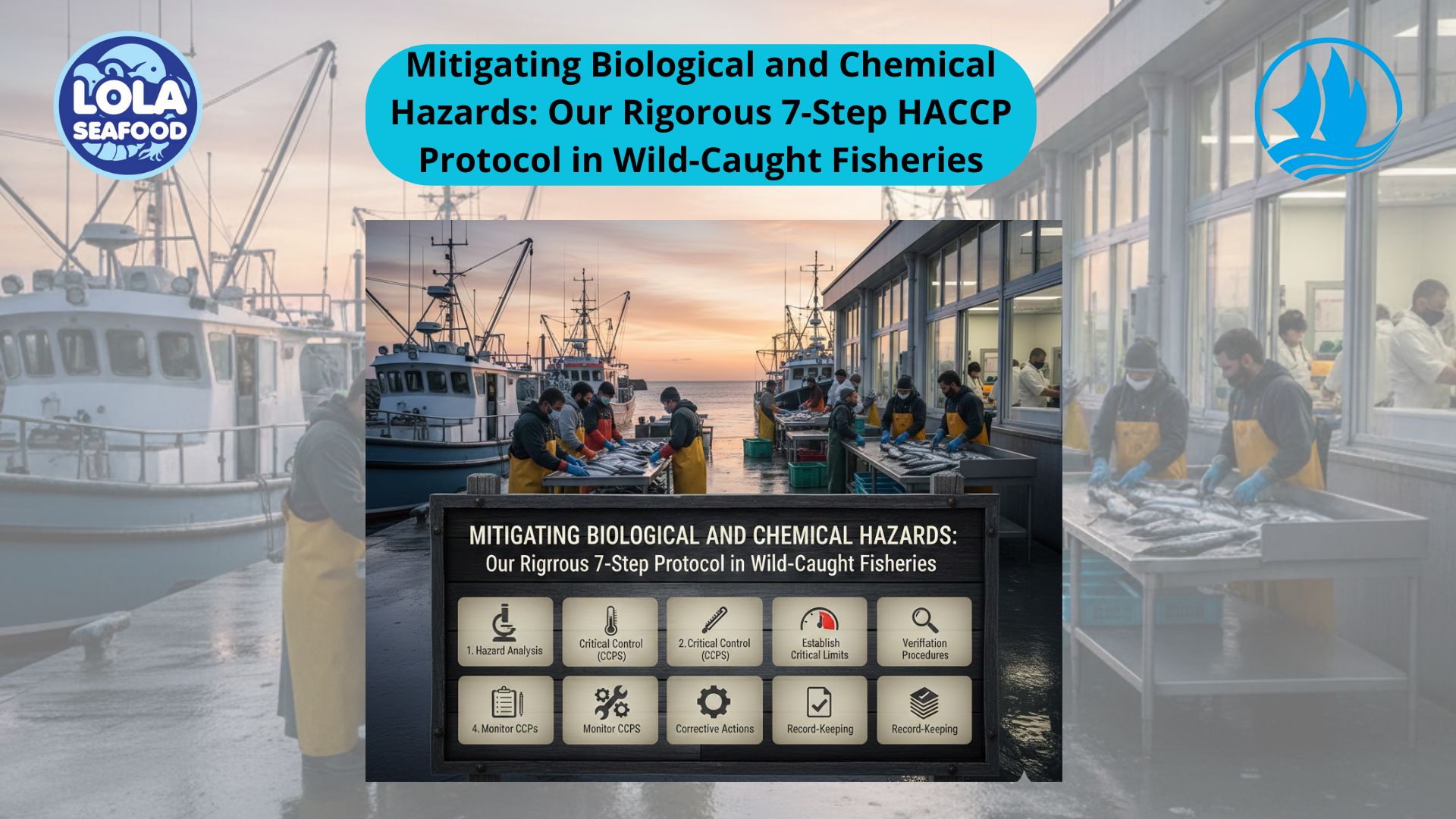
Mitigating Biological and Chemical Hazards: Our Rigorous 7-Step HACCP Protocol in Wild-Caught Fisheries
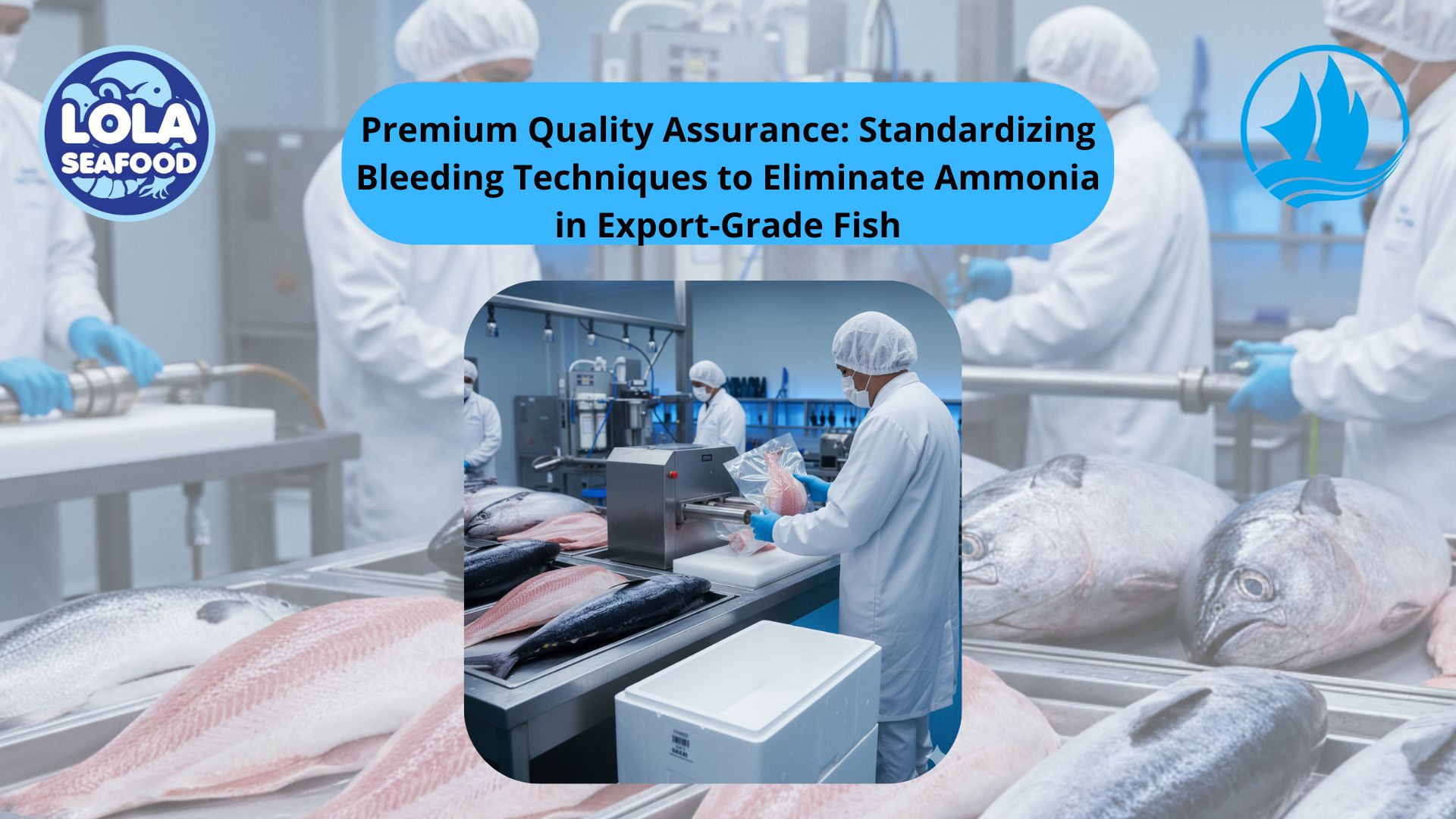

.jpg)
